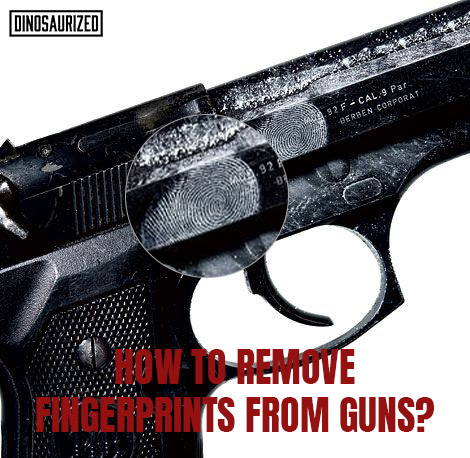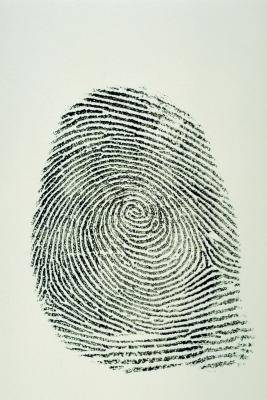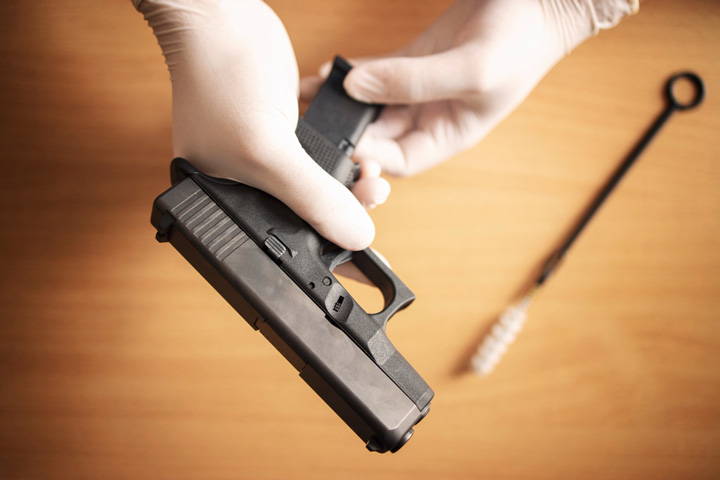-> Answer: Human fingerprints on surfaces are generally made up of oily residue due to the natural oils in human skin being deposited on the surface; however, the nature of the surface has a considerable impact on how well they develop in the first place and how readily they can be erased.
Fingerprints on nonporous surfaces such as glass, metal, plastic, wood varnish, and similar may usually be removed by wiping the surface clean. Using a moist cloth or a cleaning solution designed to break down greasy residues can also remove stubborn fingerprints. Window cleaning products, dishwashing soap, and other similar items are examples.
Porous surfaces, such as paper, can retain fingerprints more easily because they absorb some of the oil, producing a trace in the paper's fibers that looks like a watermark and can be seen when the paper is held up to a light source. It's tough to eliminate all traces of such prints without ruining the delicate material.




